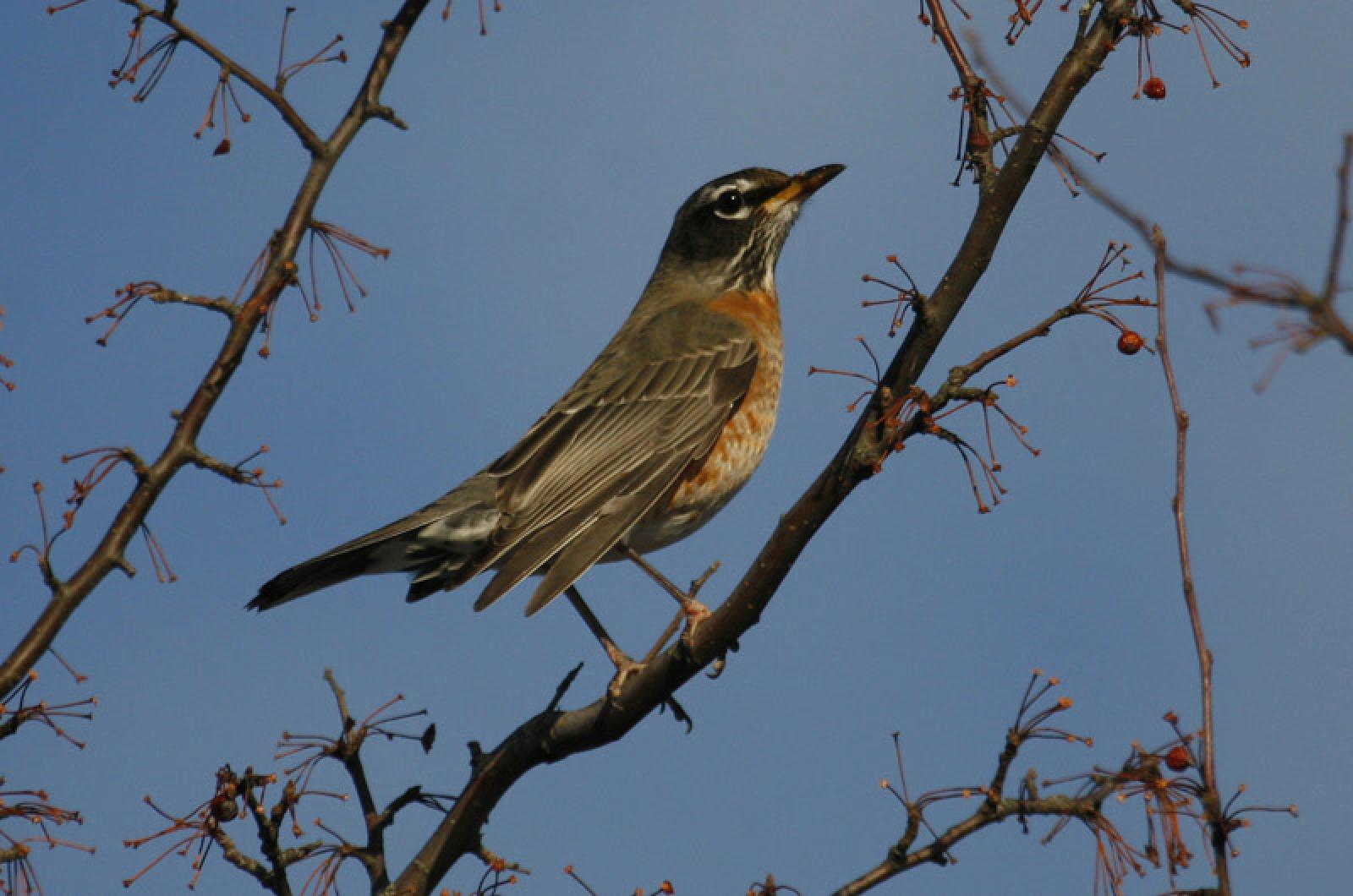From the March 8, 1940 edition of the Vineyard Gazette: Well, it’s March, and March is the first spring month. Really it is the second on the Vineyard, because on our Island, whether this strains the credulity or not, spring technically begins in February as anyone who studies the ferns in the boggy places and certain other natural things can testify. We did not go out to look ourselves this year because it was too cold, and the ferns were under too much ice and snow. But we think it is fair to say that they did their usual developing, thus officially launching the new growing season. That the season grows terribly slowly is an unfortunate but minor consideration.
There have been a few high winds already, for a sample, and a few blue and white days. If past performances are a guide this will not be a kind or comfortable month, but it will be cheering, because even if the sudden landscape looks no different (except for a change of color on the sunnier days, when the tawny grass gleams and the meadows are more red than drab) one feels a difference, a steadily increasing difference. The tang of the air is a sign of better days to come.
We suppose the greatest excuse for March is that it paves the way for April, and if April came all at once — with mayflowers and daffodils — it might be too much for us to bear. On the other hand, March holds the curse of the months which have gone before, and their deficiency of ultra violet. It is in March that you get the bad cold and sore throat you managed to hold off through February, and you are not comforted much because it is partly your own fault for going without a coat or your rubbers or something of that sort. Anyway, the season is getting on, and there is hope even in the keenest of the March winds.
The March meeting of the Martha’s Vineyard Chapter, D.A.R., was held Saturday evening at the home of Mrs. Chester E. Pease. The regent, Mrs. Abner L. Braley, presided at the business session. Following the pledge of allegiance and the American’s Creed, reports were read and accepted.
Mrs. Johnson Whiting of West Tisbury, well known authority on Vineyard history, was the guest speaker. She gave an informal talk on Old Vineyard Homes in a charming and humorous manner which delighted her audience.
In speaking about Vineyard homes, Mrs. Whiting explained that it was not just the house itself, fascinating as it might be with all the old-time features of beams, mantels, fireplaces, hinges and latches, with its wavy old glass window panes, its beautiful old doorways, and other architectural features. Quite as important a part of the home is the land with all its traditions and history of its various owners and their distinctive names of various localities.
Old deeds were quoted which mentioned the annual tribute to be paid from homesteads in Tisbury Manor, as Chilmark was originally named. As late as 1732 a deed conveying land in Chilmark refers to “Quit rents to be paid into the Lord of the Manor for the neck of land called Squibnocket which shall hereafter become due which is one lamb.” An interesting question, where was the old manor house? Probably first at the house of Rev. John Mayhew at Quenames and later at his brother, Thomas Mayhew’s, now the home of Herald Mayhew.
The necessary adjuncts of an ancient home were many: the decorative old stone walls and fences, the barns, the corn cribs, the peat house. A man usually owned besides his home lot common pasturage, a wood lot, a salt meadow, a thatch lot, a share in a tar kill, a clay pit and a cranberry bog. Within the house the woman of the home had her candle moulds, her flax and spinning wheel and her loom.
A number of ancient Vineyard homes were described in some detail. Especial mention was made of the ancestral homes of the original Vineyard families; also the Vineyard homes of kindred of various presidents. Two ancestors of Franklin Delano Roosevelt lived on the Island — Caleb Church, a mariner living in Chilmark, and Philip Tabor, an associate of Gov. Thomas Mayhew, who owned a large tract at Mashacket and also No. 2 in the “five and twenty” home lots at Edgartown.
After the program Mrs. Pease served refreshments in the dining room, with Mrs. Alfred Hall and Mrs. Smith assisting. The house was attractively decorated with early spring flowers, the dining room table being centered with a beautiful arrangement of narcissi.
It used to be the ragtime, old, the jazz came in its time, and there is always something brisk that keeps our town in rhyme. With piccolo, with clarinet, the fiddle, singing sweet, the music floats upon the air the length of every street. Here sound the notes of Mendelssohn, there Spanish serenade. Some imitate the radio, as symphony is played. The autos stall, the dogs stand mute, the youngest walker halts, when clear up the frosty air they hear Blue Danube Waltz. So fades worry, fear and grief, and all the town seems glad, with young and old from east to west, completely music mad!
Compiled by Hilary Wall
library@mvgazette.com




Comments
Comment policy »